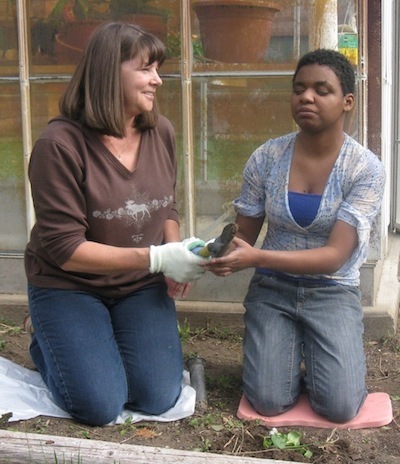OHOA Module: An Overview of Deaf-Blindness and Instructional Strategies

Learning Outcomes
- Identify important facts that can be learned from the National Child Count of Children and Youth Who Are Deaf-Blind.
- Understand the importance of gathering information about a student's etiology to guide the development of an effective educational plan.
- Recognize that deaf-blindness is a disability of access to information that results in significant challenges in interactions and learning.
- Describe key instructional principles and strategies that are effective in educating and interacting with these learners.
- Provide examples of the array of supports and resources on deaf-blindness that are available for families and school districts.
Development Team
- Robbie Blaha (Lead)
- Michelle Clyne
- Vivecca Hartman
- Johanna Borg
- Barbara Martin
Use of this Module
This module is available for free on our website. We invite anyone to use these materials. Please note that NCDB does not provide CEUs, certificates, or confirmation of completion.
Suggested Citation
Blaha, R., Clyne, M., Hartman, V., Borg, J., & Martin, B. (2014, September, rev.). An overview of deaf-blindness and instructional strategies. In National Center on Deaf-Blindness, Open Hands, Open Access: Deaf-Blind Intervener Learning Modules. Monmouth, OR: National Center on Deaf-Blindness, The Research Institute at Western Oregon University.
